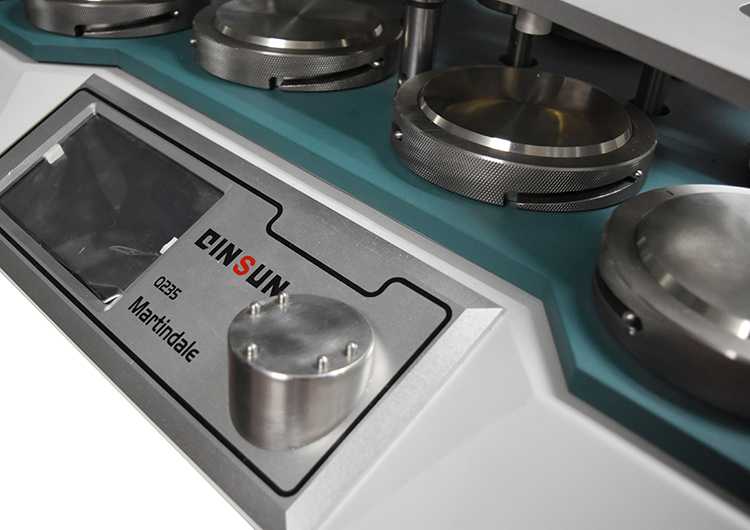Determination of Fabric Abrasion Resistance

Fabric Abrasion resistance is measured in a laboratory by rotating a paper sample under abrasive wheels for a set length of time, and then measuring the sample's change in weight.“Abrasion resistance is the ability of a fabric to withstand surface wear from rubbing.” The test methods include ASTM 4157-02 and ASTM D4966.

One test is the ASTM D4157-02 Oscillatory Cylinder (Wyzenbeek) test. “The ASTM D4157-02 is a test of the American Society of Testing and Materials (ASTM). A Wyzenbeek machine is used for this test allowing samples of the test fabric to be pulled tight in a frame and held stationary. Individual test specimens cut from the warp and weft direction are then rubbed back and forth using an ACT approved #10 cotton duck fabric* as the abradant. The number of double rub cycles achieved before two yarn breaks occur or noticeable wear is observed is recorded as the fabric’s abrasion rating. ” * The wire screen abradant is recommended by ACT for use with vinyl and polyurethane coated upholstery and may also be used for testing 100% olefin fabrics.
Another test is the ASTM D4966-98 Martindale test. “The ASTM D4966-98 is a test method of the American Society of Testing and Materials (ASTM). This is an oscillating test. Fabric samples are mounted flat and rubbed in a figure eight like motion using a piece of worsted wool cloth as the abradant. The number of cycles that the fabric can endure before fabric shows objectionable change in appearance (yarn breaks, pilling, holes) is counted. Number of cycles determines abrasion rating.”
Qinsun-lab studies indicate that results of multiple abrasion tests performed on some woven fabric structures may vary significantly .
2019-07-31 10:29
